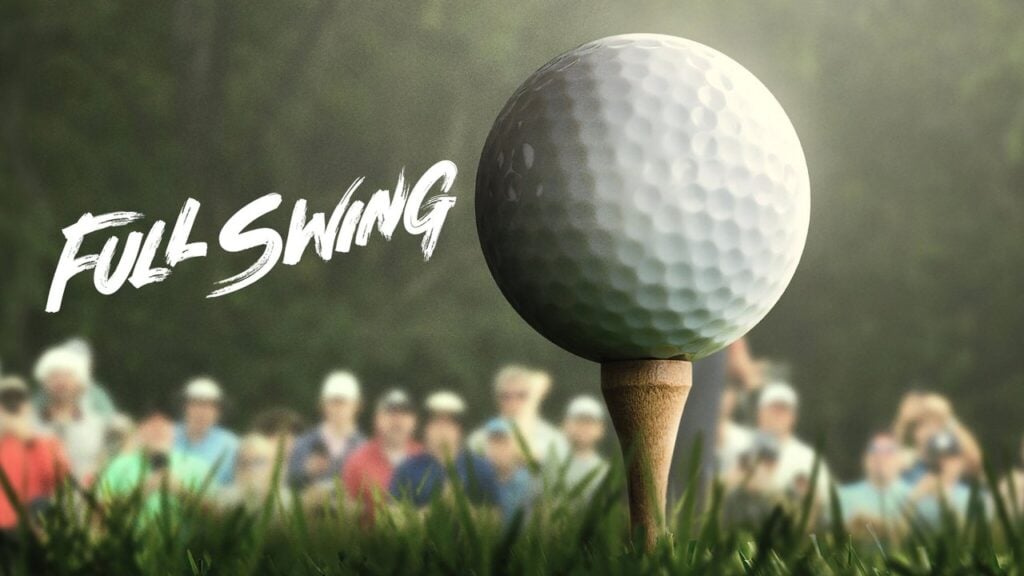Paul Monahan GGA Mental Game Coach
March 19, 2023
If you have been anywhere near Netflix the past month, or talked to a golfing buddy who has been, you know that the documentary Full Swing was released on February 15th. Full Swing follows a cast of top PGA / LIV Golf players throughout 2022, and chronicles the challenges, ups and downs, struggles, joys, complexity, and many other facets of what life is like at the elite levels of professional golf.

If you haven’t seen it yet, I think you’ll like it. Go check it out. If you have been watching it, I suspect you’d back me up.
Because this game we love is so mental, there are lots of moments throughout the Full Swing series that give us a glimpse into the mental dynamics of the PGA Tour player. But one thing came up in episode two that was, on the one hand a little surprising and on the other, quite validating.
The surprising part of episode 2 for me was – spoiler alert – how profoundly Brooks Koepka was struggling mentally in 2022. I think many people could see he was struggling on the course in 2021, and into 2022. His play during that stretch was not what we were used to seeing compared to the incredible results he posted over the prior three years.
But he’s had back issues, and other injuries…and because we don’t usually get a detailed behind the scenes look at players like Koepka, we never really know for sure what is going on for most golfers on the PGA Tour.
Full Swing has allowed us to see what we would normally not.
The validating part of episode 2 for me showed up in the juxtaposition between Koepka’s struggle and Scottie Scheffler’s breakthrough. It was validating because of what I wrote in this column just 10 months ago regarding the dynamics behind Scheffler’s amazing run of four victories in 57 days early in 2022. You can revisit the article from May 2022 here: Scottie’s Secret.)
In that article, I assessed that Scheffler’s success was as much a function of his productive mental game as it was the physical and mechanical skills that he was bringing with him onto the course.
So, without going into the detail (and spoiling if for those who have not seen it), I would invite you to play a little game:
- Watch season 1 episode 2 if you have not yet, or
- Go back and watch the episode again if you have already seen it
… with the intention of exploring two things:
- See if you can identify the differences in mental games between Koepka and Scheffler. (Look for the answers to questions like: What thoughts are they anchored to that serve them? What are they stuck on that does not? How are they processing the game as it comes at them? What kind of language are they using about the game and their success or failure in it…etc.
- See if you can capture the key elements of Scheffler’s mental game model (hint: it’s not complicated) and see if you can operationalize that model for yourself… that is, bring it out onto the course with you when you play.
The more I spend time around this game, the more I am convinced that we all need to start with building the inside game skills first. It is foundational to everything else. It’s a must have for maximizing and optimizing all our outside game skills… so that we can play at our best when it means the most. So that we can overcome the challenges of the game no matter the stakes or situation.
Have a great week!
-Paul
Paul Monahan, PCC is a Peak-Performance coach, member of the International Coach Federation and a certified COR.E Performance Dynamicsä Specialist. He resides in Cleveland, Ohio with his wife Paula and is the proud dad to three young men.

